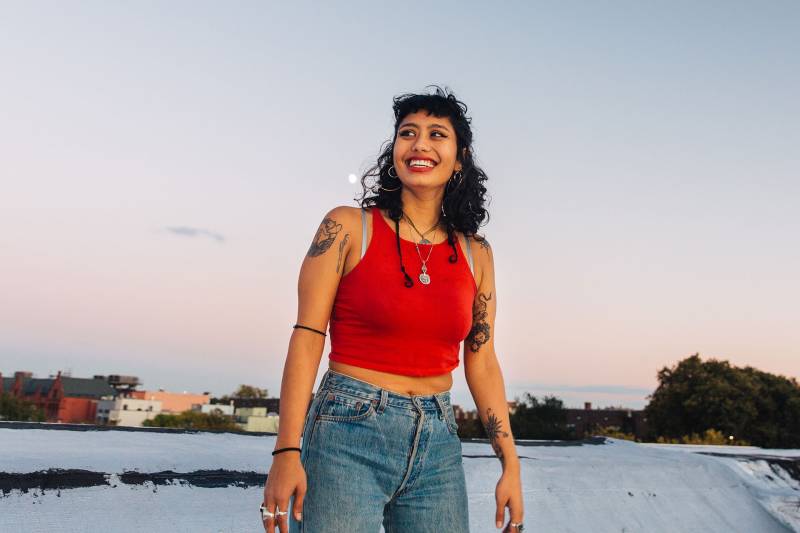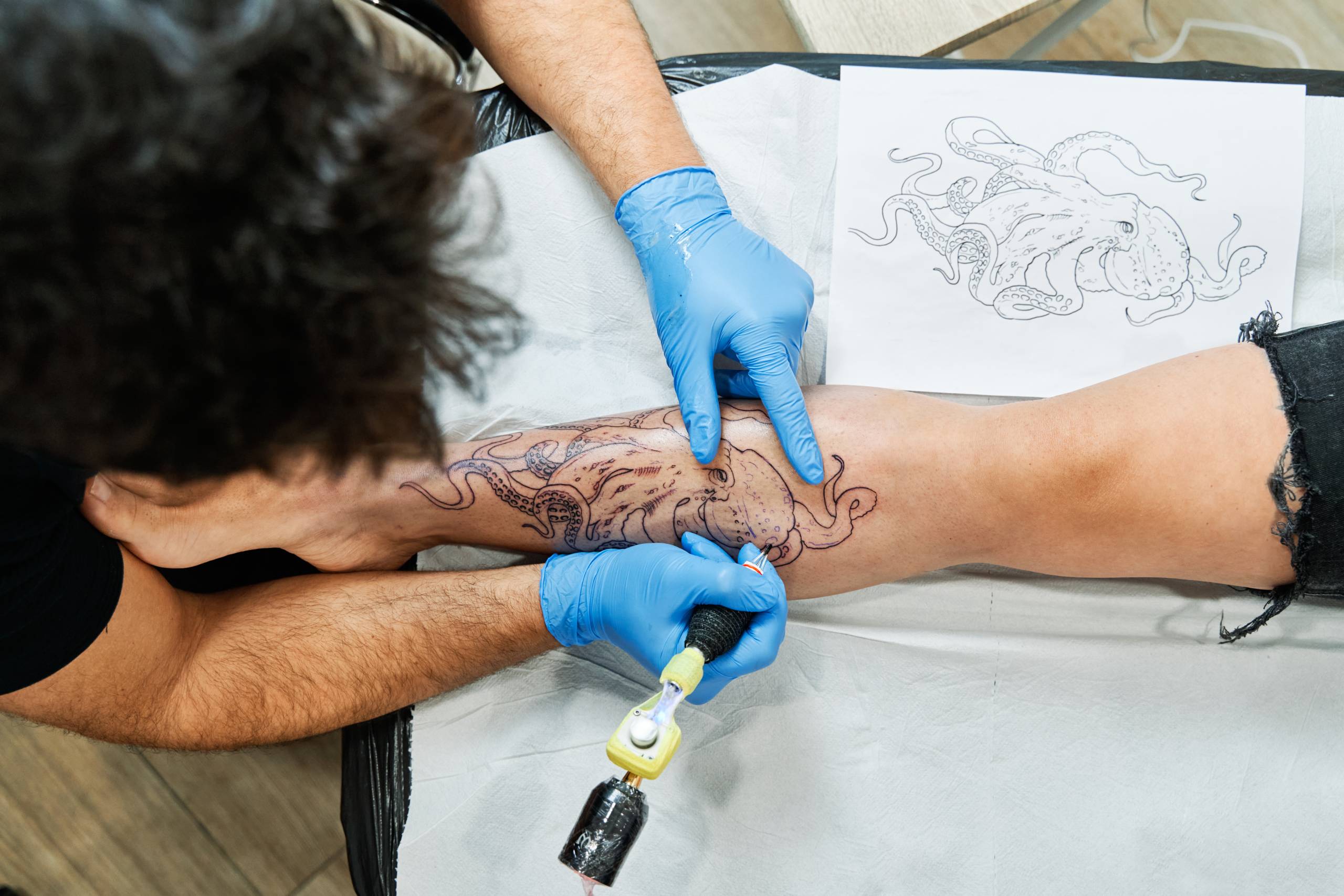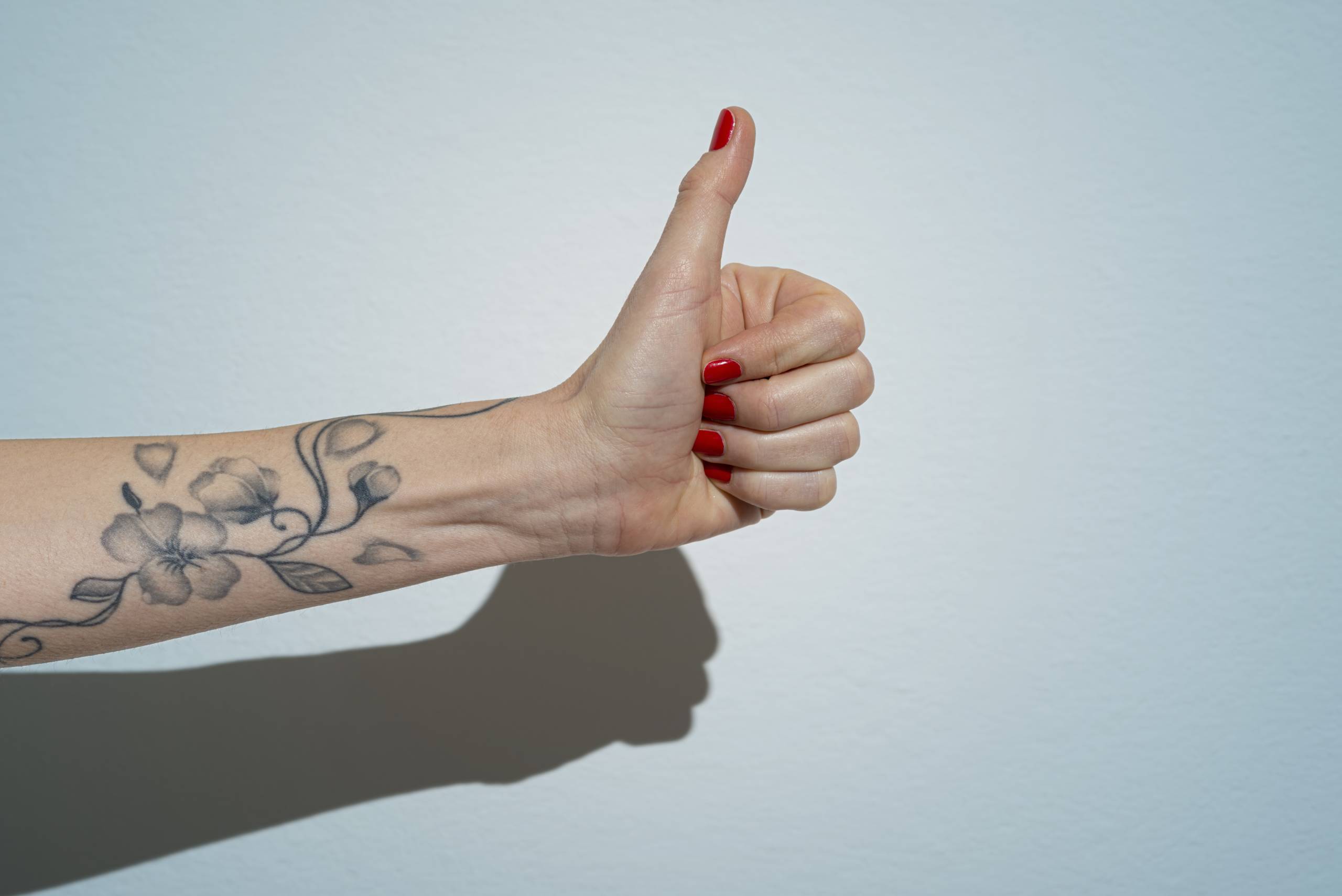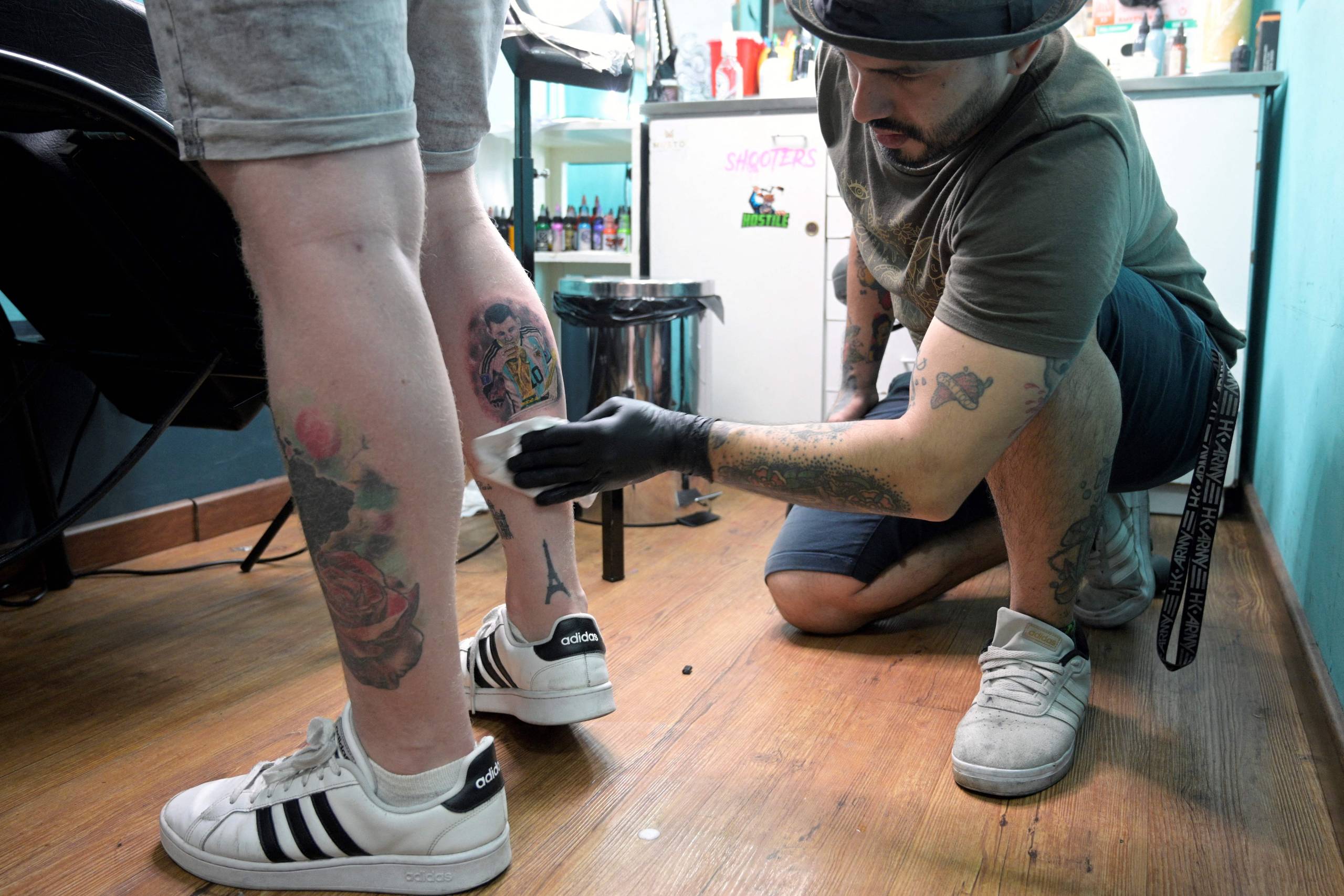S
o, you’ve decided you want to get your first tattoo. Congratulations! This is going to be great! (I promise.)
The only problem is you currently have no idea which artist to pick. Or how to ask for what you want, how not to make a fool of yourself in the tattoo shop, or how to look after the damn thing afterward.
Don’t worry. In this handy guide, we will cover everything you need to know — and probably a little bit more.
Disclaimer: I am a very tattooed person who has spent more than 20 years in and out of chairs in tattoo shops around the United States and abroad. What I am about to share is a personal guide based on my own long-standing experiences and the most common themes I’ve seen across all tattoo shops.
Jump straight to:
- How can I find the right tattoo artist for me?
- How much can a tattoo cost, and how much do I tip a tattoo artist?
- What should I not do on the day of my appointment?
There will be exceptions to these rules once you’re out in the wild. I’m just trying to give you the most solid starting point that I can.
And with that …
Before you embark on getting a tattoo
Are you sure you really want this tattoo?
A good rule of thumb to follow when getting tattooed for the first time is to consider how long you’ve been thinking about getting the tattoo.
If it’s something you’ve been thinking about for years, you absolutely should start looking for the right artist. If it’s been months of consideration then, yeah, you’re probably good to go. But if it’s something you’ve been thinking about for a few weeks, days, or even hours, you might want to hold off — especially if you’re someone who isn’t planning on getting a lot of tattoos. (Why: If your only tattoo is something you never really thought through, you’re more likely to grow to hate it later.)
A great way to make sure you don’t regret a tattoo down the line is to make sure there’s some meaning attached to it. If you are marking a person, event, memory or something with deep personal meaning to you, you are more likely to love it forever. If you are getting a tattoo based solely on the fact that you think it’ll look cool? Good luck and Godspeed, buddy, because trends change — especially tattoo trends.
The more personal you make the tattoo, the better. Your artist will thank you for original ideas as well. (I once listened to a tattoo artist in New York rant for a full hour about those feathers-turning-into-a-flock-of-birds tattoos. He genuinely sounded like he might quit his profession altogether if one more person asked for one.)
Hey you! Maybe you don’t actually want a tattoo!
If the first tattoo you want to get is comprised of white ink only, you don’t really want a tattoo. (Search inside yourself — deep down you know this.)
If you want your tattoo to be absolutely minuscule, you probably don’t want a tattoo. Just buy some high-quality fake ones (they exist!) and be done with it.
If you’re someone who has ever considered getting one of those tattoos that supposedly only lasts two years, I would put money on the fact that you too don’t actually want a real tattoo. (I’d also put money on the fact that you’re not going to enjoy watching the temporary one slowly falling out of your body like a stick and poke that’s gone wrong.)
It’s okay. Not everyone needs to have a tattoo. No one will judge you for not getting the thing. If you have a friend who’s pushing you to get matching tattoos and you find yourself worrying about the consequences, just mark the friendship with some meaningful jewelry, give them a smooch, and be on your merry way.
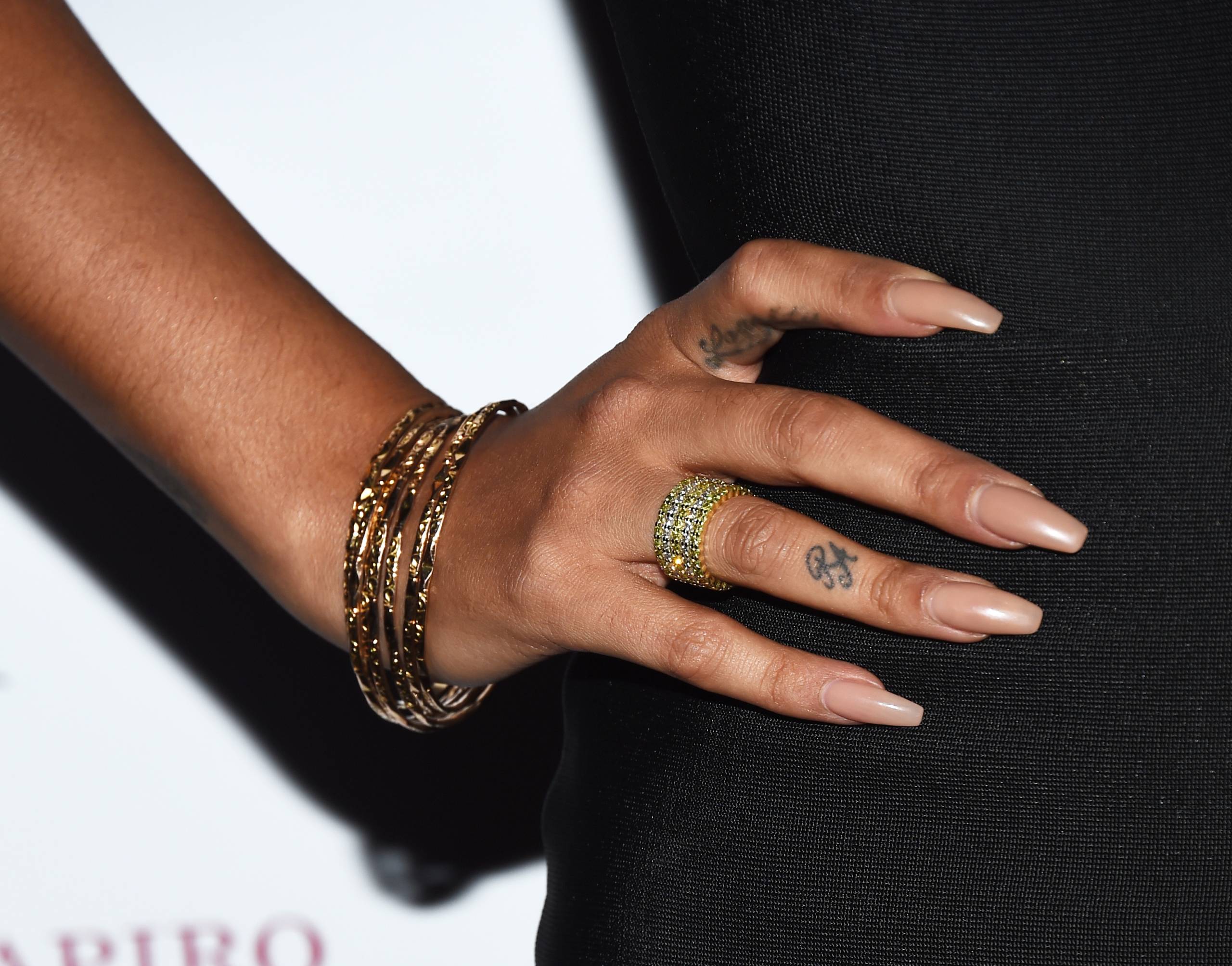
Think very carefully about very visible tattoos
As an un-tattooed human, you don’t yet know the baggage that can come with them. Not only will being tattooed get you treated differently in certain public places, but a surprising number of employers still have rules about visible tattoos.
The body locations that garner the most attention and, yes, judgment are the face, head, throat and hands. Wanting to start with any of these areas for your very first tattoo is a little bit like learning to swim by parachuting into the ocean: You’re not ready, so just don’t do it.
Important side-note: Finger and palm tattoos have a tendency to fall out anyway. A lot. If you really want your hands done, you might want to factor in how much you’re willing to spend to get the ink topped up all the time. And whether you’re willing to live with a tattoo that isn’t pristine on one of the most visible places on your body.
Planning for your tattoo
Finding the right tattoo artist for you
What you want done will dictate how you go about finding the right artist every single time. Because I don’t stick to one style of tattoo, I do not go to the same artist every time I get tattooed — no matter how much I love them. It’s important to find the right person for each individual piece.
If you are dedicated to finding the artist that’s right for you, then you have to do some research.
The first thing is to figure out what style you want and narrow down your artist options accordingly. Do not just hastily follow a recommendation from a pal unless you want similar work done. This is not a one-size-fits-all situation.
